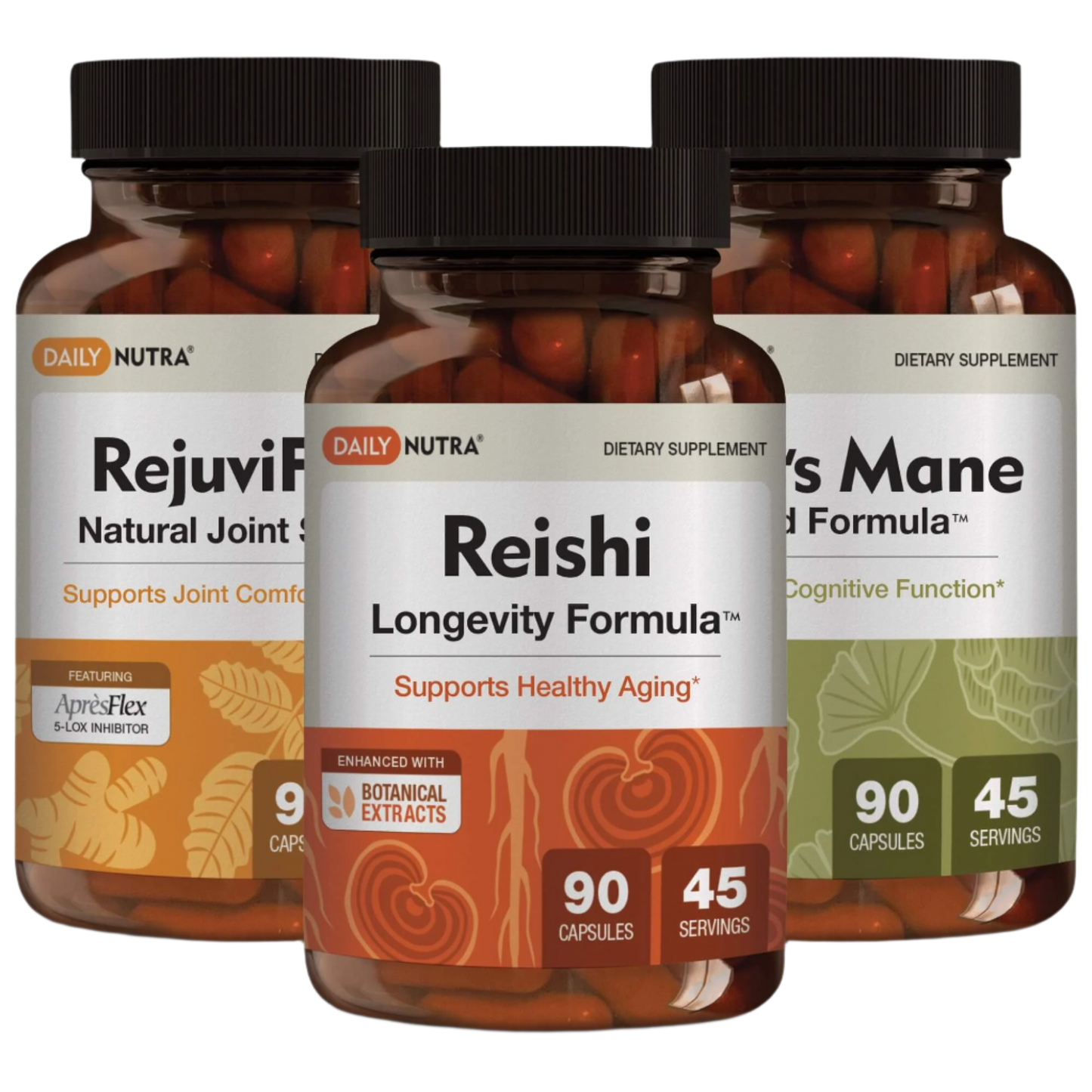Abstract Summary
Objective
To find the best way to make mushroom extract powder that keeps the good stuff intact—and to see how it stacks up against regular mushroom powders in terms of health benefits, shelf life, and how well your body absorbs it.
Context
Mushrooms like Reishi, Lion’s Mane, and Cordyceps have been catching attention for their ability to boost focus, calm the nerves, and support your immune system. But here’s the thing—most of the good compounds are trapped inside tough cell walls. Using extraction methods helps unlock those benefits, making them more available to your body.
Methods Used
Approach
We looked at over 40 studies and lab techniques that covered hot water, alcohol, and combo (dual) extractions. Then we compared how much useful material each method pulled out, how stable the end result was, and how well it preserved important nutrients.
Data Collection
The steps included drying mushrooms (freeze-dried or air-dried at low heat), grinding them, and then extracting with either water, alcohol, or both. The final mix was turned into powder through spray-drying. We used lab tools like HPLC to measure quality and ran tests on 15 different types of mushrooms to check for beta-glucan and other active compounds.
Researchers' Summary of Findings
Impact on Health
The dual-extract powders came out on top—offering more of the good stuff and working better in the body. Water-based methods kept more polysaccharides (great for immunity), while alcohol brought out triterpenes and other compounds that help with stress and inflammation.
Health Implications
Adding mushroom extract powder to your daily routine may help your immune system stay strong, your brain stay sharp, and your stress levels stay in check. The dual-extracted types seem especially effective if you’re using them for wellness.
Sustainability
When mushrooms are grown organically or harvested from the wild responsibly, they’re easier on the planet. Plus, using eco-friendly alcohol for extractions and energy-saving drying methods keeps things green.
DOI
10.1016/j.jff.2023.105457





